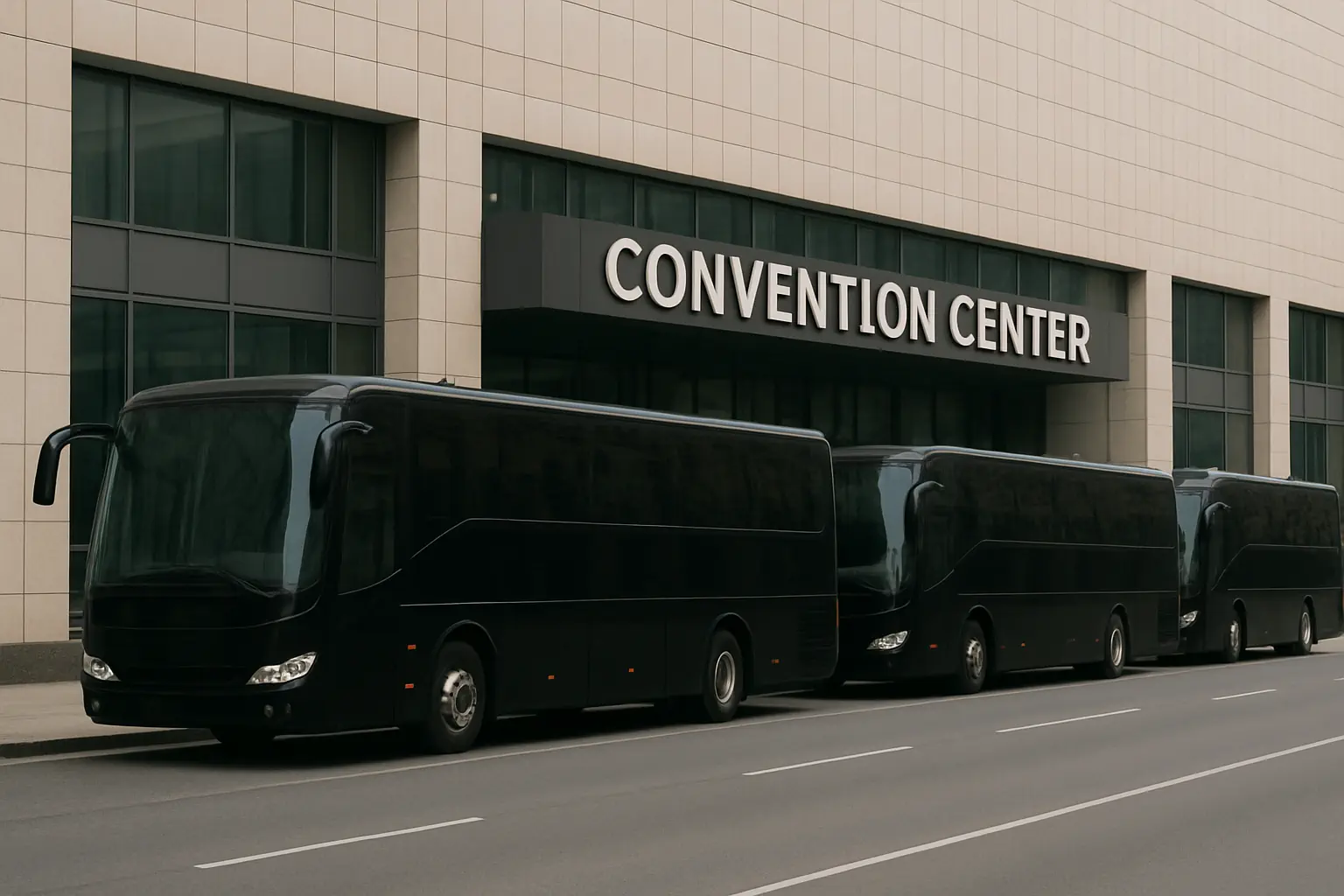How a Chaotic Departure Can Derail Your Whole Event
Minor oversights can multiply into major headaches. Here’s what you can do to avoid them.
By: Urbanride • September 4, 2025

For large-scale corporate events, a lot of attention goes into crafting the perfect
agenda, but one critical element is especially susceptible to risk: post-event departure. Why? Because it
happens off the agenda. Often, it’s only noted as a vague “departure time” or “end-of-program” window.
Event departures require synchronization between hosts, venue managers, transportation
providers, and the attendees themselves. If even one party is out of sync, seemingly trivial oversights can
cascade into chaos and frustration.
A Ripple Effect on Stakeholders
Regardless of the audience, issues with event departure don’t just accumulate – they
compound, eroding the value and impact of an otherwise flawlessly executed program.
For events where attendees are current or prospective clients or VIPs paying for the
experience, subpar departure arrangements can signal disorganization or lack of professionalism. This
perception undermines trust and leaves a lasting negative impression of the event and its hosts.
In other events, attendees are employees of the host company, so they’re on the clock.
They’re expected to absorb content and network with colleagues, but missteps can leave them flustered and
distracted, diminishing focus and retention. When this happens at the end of the event, their most vivid
memory may ultimately be the frustration of waiting to leave or arriving home late.
Precision Planning for Every Departure
Top-tier planners don’t leave departure details to chance – they treat them with the same
precision as the rest of the agenda. Here’s how you can keep departures seamless:
- Chart the Attendee Flow: Understand how long it takes attendees to get from their final scheduled activity to the designated pick-up area. Account for elevators, escalators, and other potential bottlenecks.
- Provide Clear Departure Notices: Share detailed departure instructions well in advance to minimize confusion and last-minute scrambles. Include exact pick-up points and clarify details such as whether attendees will be sharing a vehicle. Set up a process to quickly update and reissue these notices if changes occur (e.g., the venue redirects vehicle staging).
- Coordinate with the Venue: Other events may be using the same space. Work closely with the venue’s sales or contracting team to confirm access to staging and loading areas during your event’s departure window.
- Budget for Flexibility: Programs rarely end exactly on time. Ensure your transportation partner isn’t committed to another job too close to your departure window, and build in buffer time to accommodate both early and late finishes. For client- or VIP-focused events, arrange for extra vehicle capacity to handle potential surges if many attendees decide to leave simultaneously.
- Use Data-Driven Timing: Choose a transportation partner that factors in traffic patterns, airport staffing, and terminal congestion when planning departure windows.
The Bottom Line: Departures Shape the Experience
When departures are afforded the preparation they require, the entire experience improves.
Whether attendees are clients, VIPs, or employees, smooth departures help ensure that your investment in
planning translates into real business outcomes.
With over 25 years of experience managing luxury ground transportation for meetings and
conferences, Urbanride knows what it takes for a departure – the final touchpoint of your event – to leave a
world-class impression. Reach out to learn more about optimizing transportation for your next event.
